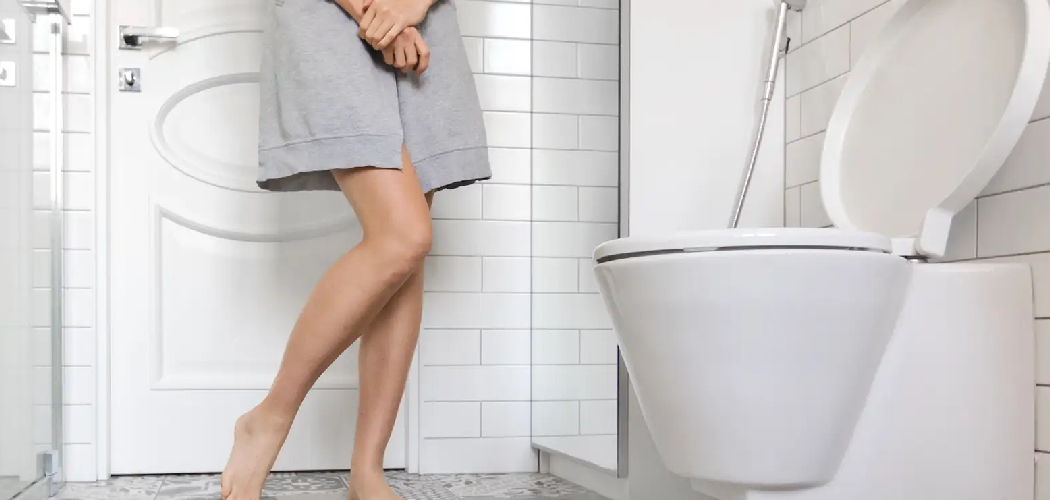Learning how to raise a toilet can significantly enhance accessibility, comfort, and overall functionality in a bathroom. This modification is particularly beneficial for individuals with mobility challenges, such as seniors or those recovering from injuries. It also provides added convenience for taller individuals by reducing strain caused by standard toilet heights. Additionally, raising a toilet may be necessary when dealing with uneven flooring or during bathroom renovations to ensure proper alignment and usability.
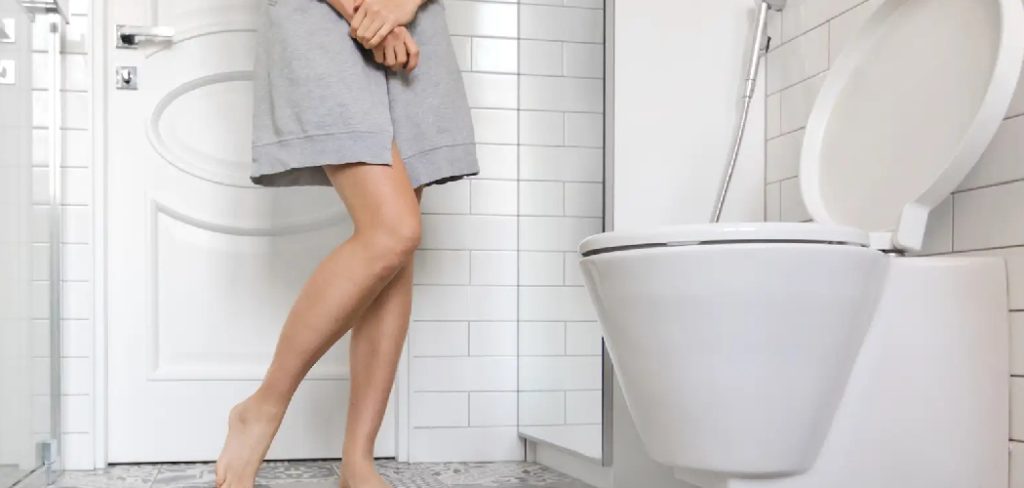
There are several effective toilet-raising methods, depending on your specific needs and circumstances. These include installing toilet risers, adding base extenders, or using flange extensions to achieve the desired height adjustment. Each method accommodates various situations and preferences, ensuring both durability and safety. With the right tools and a step-by-step approach, raising a toilet can be a straightforward process that improves both comfort and accessibility in your daily routine.
Understanding the Need for Raising a Toilet
Comfort and Accessibility
Raising a toilet height can significantly enhance ergonomic comfort, allowing individuals to maintain a more natural posture while sitting or standing. Standard toilets may create undue strain on the knees and lower back, particularly for taller individuals, making daily use uncomfortable. A raised toilet helps reduce this strain and promotes smoother transitions between sitting and standing, especially for those seeking a more user-friendly bathroom setup.
Mobility Assistance
A raised toilet can be a vital aid for individuals with mobility challenges, such as seniors or those recovering from surgeries or injuries. It minimizes the effort required to sit or rise, reducing the risk of falls and ensuring a safer environment. Paired with additional support accessories like grab bars, raised toilets are critical in fostering independence and confidence for users with limited mobility.
Structural Requirements
Sometimes, raising a toilet becomes essential due to structural or logistical factors. Uneven flooring, for instance, can make installing a standard-height toilet impractical, necessitating height adjustments for proper alignment and stability. Similarly, ensuring the toilet base aligns with updated flooring heights or design requirements during bathroom renovations or new installations may require raising the unit to achieve optimal functionality.
Types of Toilet-Raising Solutions
There are several toilet-raising solutions available to suit various needs and preferences. Below are some of the most common options, along with their features and applications.
Toilet Seat Risers
Toilet seat risers are easy-to-install options that sit directly on top of the existing toilet seat or rim. These are ideal for those seeking a quick, non-permanent solution.
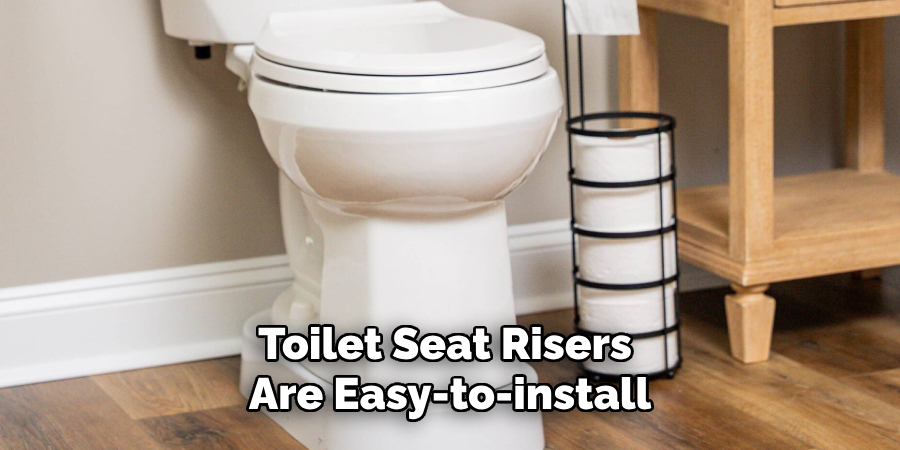
They come in various designs, including padded options for added comfort or models with handles for additional support. Seat risers are lightweight and portable, making them a practical choice for temporary use, such as during recovery from an injury or surgery.
Toilet Base Extenders
Toilet base extenders are a more permanent solution, placed beneath the toilet bowl to elevate it by a few inches. These extenders offer a stable and long-lasting adjustment to the toilet’s height, making them suitable for individuals with chronic mobility issues. They blend seamlessly into the bathroom’s design while providing the functional benefit of increased height.
Flange Extensions
Flange extensions are often used alongside toilet base extenders to maintain a proper seal and ensure efficient drainage. These specialized components help prevent leaks by compensating for the additional height added by extenders, ensuring a secure and reliable connection to the plumbing system.
Custom Raised Platforms
For significant elevation needs, custom-raised platforms made of wood or concrete can be installed beneath the toilet. These platforms provide substantial height adjustments and are often tailored to specific requirements, such as unique design constraints or user preferences, ensuring both functionality and stability.
Tools and Materials Needed
Basic Tools
To successfully install a toilet height adjustment solution, you will need essential tools such as an adjustable wrench, a screwdriver, and a level. These tools ensure precise installation and proper alignment of the toilet and related components.
Materials
The necessary materials depend on the method being used but commonly include a toilet riser kit, a wax ring, a flange extension, and sealant.
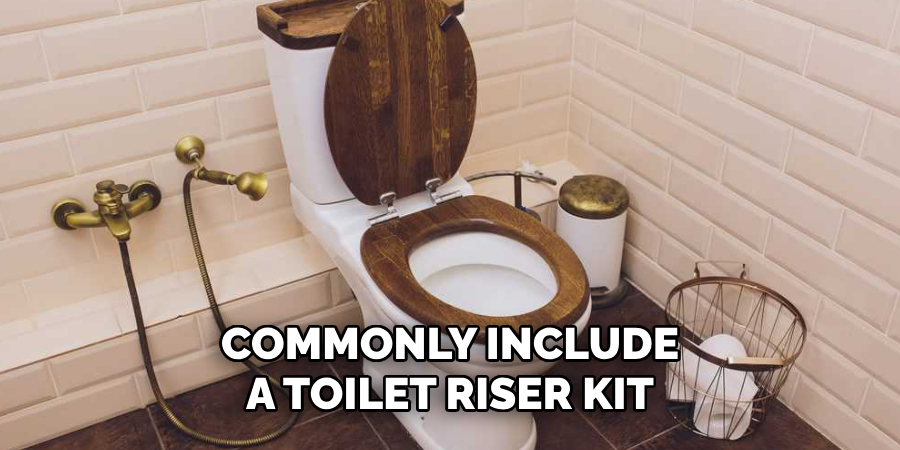
These components help ensure stability, proper sealing, and secure plumbing connections.
Safety Supplies
For a safe and comfortable installation process, it is advisable to have gloves, cleaning materials, and knee pads on hand. Gloves protect your hands from contact with any potentially harmful substances, while knee pads help reduce strain during prolonged periods of kneeling. Cleaning materials are essential for preparing the area and keeping the workspace sanitary.
How to Raise a Toilet: Step-by-Step Guide
Preparing the Area
Start by turning off the water supply to the toilet. Locate the shut-off valve near the base of the toilet and rotate it clockwise until it is fully closed. Flush the toilet to empty the tank and bowl of water. If any residual water remains, remove it with a sponge or small towel. Next, remove the existing toilet seat by unscrewing the bolts at the seat’s base. With the seat removed, thoroughly clean the area around the base to ensure it is free of dirt and debris, which is crucial for a clean and secure installation.
Installing a Seat Riser
If you use a seat riser, position the riser directly on top of the existing toilet seat. Align it properly to ensure a snug fit and secure the riser using the included hardware, typically provided in the riser kit. Tighten the bolts as instructed, being careful not to overtighten, which could cause damage. Once secured, test the riser for stability by applying light pressure and observing for any movement. If adjustments are needed, loosen the bolts slightly and re-align the riser before retightening.
Using a Base Extender
Those installing a base extender should begin by removing the toilet. Unscrew the bolts, secure the toilet to the floor, and carefully lift the toilet off the flange. Be cautious, as the unit may still contain some residual water. Once removed, place the base extender onto the flange and align it properly. Secure the extender with the hardware that comes with the kit, ensuring a tight and even connection. Replace the wax ring with a new one to ensure a proper seal and prevent leaks. Carefully lower the toilet back onto the flange, aligning it with the bolt holes. Tighten the bolts evenly on both sides to secure the toilet in place.
Adding Flange Extensions
If the flange needs to be raised for proper drainage alignment, install a flange extension. Place the flange extension on top of the existing flange and ensure it is level.
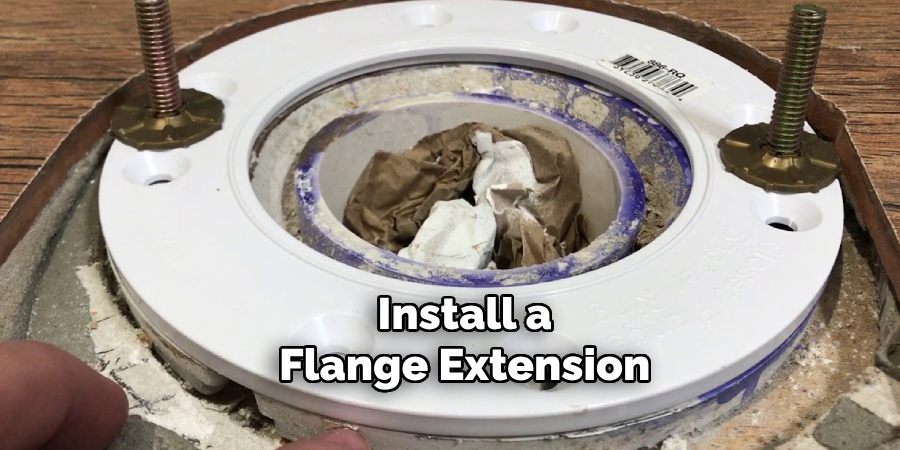
Use a plumber’s putty or sealant to create a tight seal around the extension, which helps prevent leaks and maintains proper drainage. Once the extension is in place, reattach the toilet and tighten the bolts. Double-check the seal and alignment to ensure everything is secure.
By following these steps, you can achieve a properly raised toilet that meets your functional and comfort needs while maintaining stability and reliable plumbing connections.
Testing and Securing the Toilet
Check for Stability
Once the toilet is securely mounted, test for any wobbling or unevenness. Press gently on different sides of the toilet to ensure it is stable. Adjust the bolts slightly to eliminate the instability if you notice any movement. Be careful not to overtighten, as this can damage the porcelain.
Reconnect the Water Supply
Reattach the water supply hose to the toilet tank. Turn on the water supply slowly and allow the tank to fill. Flush the toilet several times to check for proper operation. Inspect the base of the toilet and the connection points for any signs of leaks.
Final Adjustments
After confirming no leaks, carefully tighten the bolts and ensure all components, including the tank, seat, and lid, are securely in place. Conduct a final test flush to verify everything is functioning correctly. Proper testing and securing will ensure long-lasting performance and peace of mind.
Maintaining a Raised Toilet
Routine Checks
Regular maintenance is essential to keep a raised toilet functioning properly. Periodically inspect the bolts, seals, and connections to remain secure and stable. Look for signs of wear or corrosion that could lead to instability or leaks. Addressing these issues early will help prevent more significant problems down the line.
Cleaning Tips
Pay special attention to the area around the toilet base and the riser to maintain cleanliness. Use a mild cleaning solution to remove debris, grime, and moisture that may
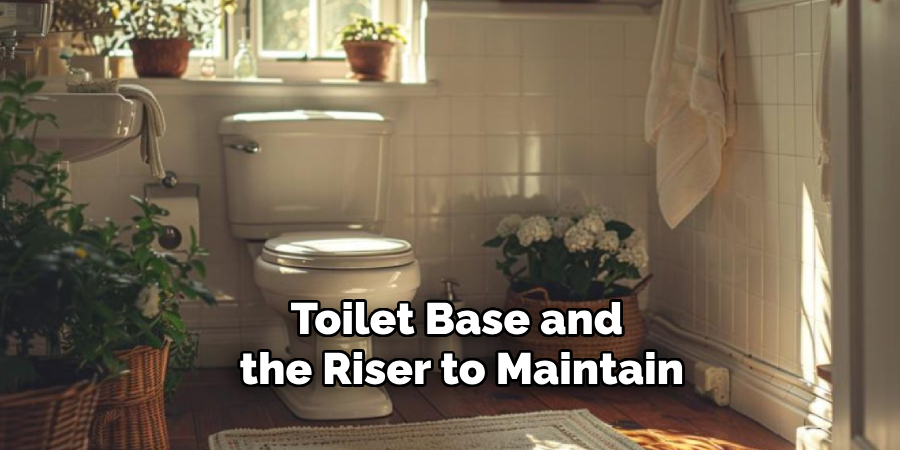
accumulate over time. Keeping these areas clean not only preserves the toilet’s appearance but also prevents odors and bacteria or mold growth.
Reinforcing Components
If any parts, like the wax ring or seals, become worn or damaged, replace them promptly to ensure the toilet remains stable and leak-free. Regular upkeep of these components will extend the life of your raised toilet.
Troubleshooting Common Issues
Leaking Base
If you notice water pooling around the base, the issue might stem from a worn-out wax ring or an improperly seated flange extender. Reseal the base by replacing the wax ring or adjusting the flange extender to create a secure, watertight seal.
Wobbling Toilet
A wobbly toilet can compromise safety and stability. To fix this, insert shims around the base to eliminate movement and tighten the bolts evenly. Avoid over-tightening, as this could damage the porcelain.
Improper Alignment
If the toilet feels misaligned, verify the positioning of the flange and extender during installation. Proper alignment ensures optimal functionality and comfort.
Conclusion
Raising a toilet offers improved comfort and accessibility, especially for individuals with mobility challenges or seniors seeking greater independence. Understanding how to raise a toilet makes the installation process straightforward when equipped with the proper tools and materials. Following recommended steps and promptly addressing issues like alignment or leaks can ensure a stable and efficient setup. Regular maintenance, such as checking seals and tightening bolts, will uphold functionality and safety over time. With these practices, a raised toilet becomes a reliable enhancement to any bathroom, blending convenience with long-term usability.

